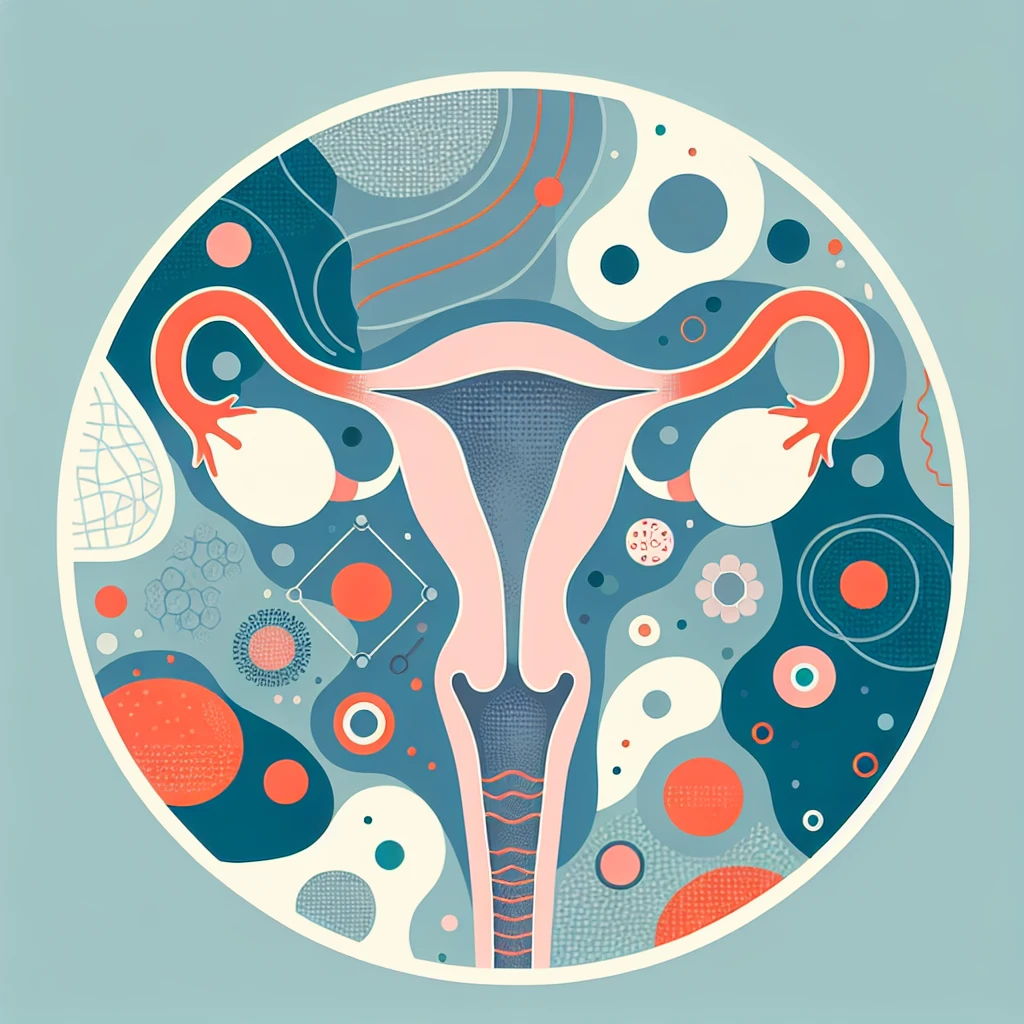Ovarian Germ Cell Tumor
Ovarian germ cell tumor is a rare form of cancer that develops in the germ cells of the ovaries. Germ cells are responsible for producing eggs, and when they become cancerous, they can form tumors. This type of cancer primarily affects young women, typically between the ages of 10 and 30. Although it is rare, it is important to understand the epidemiology, diagnosis, and treatment options for ovarian germ cell tumor.
Epidemiology
Ovarian germ cell tumors account for approximately 5% of all ovarian cancers. They are more commonly found in younger women, especially teenagers and women in their early 20s. The exact cause of these tumors is still unknown, but certain risk factors have been identified. For instance, a family history of ovarian cancer or a personal history of certain genetic conditions, such as Turner syndrome, can increase the risk of developing ovarian germ cell tumors.
Diagnosis
Diagnosing ovarian germ cell tumor involves a series of tests and procedures. A pelvic examination is usually the first step, followed by imaging tests such as ultrasound or computed tomography (CT) scan to visualize the tumor and assess its size and spread. Blood tests, including tumor markers such as alpha-fetoprotein (AFP) and human chorionic gonadotropin (HCG), are also used to aid in the diagnosis. Finally, a biopsy is performed to confirm the presence of malignant germ cells.
Treatment
The treatment approach for ovarian germ cell tumor varies depending on the stage and type of tumor, as well as the patient's age and overall health. Surgery is the primary treatment modality and involves the removal of the affected ovary, the tumor, and any nearby lymph nodes if necessary. In some cases, the opposite ovary and the uterus may also be removed. After surgery, chemotherapy is often recommended to eliminate any remaining cancer cells and prevent recurrence.
Now, let's look at the most important drugs that are currently used in the treatment of ovarian germ cell tumor:
- Cisplatin: Cisplatin is a chemotherapy drug commonly used to treat ovarian germ cell tumor. It works by damaging the DNA in cancer cells, preventing them from growing and dividing.
- Bleomycin: Bleomycin is another chemotherapy drug used in combination with cisplatin. It is effective against testicular cancer and certain types of ovarian germ cell tumors.
- Etoposide: Etoposide is a chemotherapy drug that inhibits topoisomerase II, an enzyme necessary for DNA replication. It is often used in combination with cisplatin and bleomycin.
In addition to these established treatments, there are promising future drugs that are currently in late-stage clinical trials for ovarian germ cell tumor:
- Tisotumab Vedotin: Tisotumab vedotin is an antibody-drug conjugate that targets tissue factor, a protein found on the surface of ovarian cancer cells. It delivers a potent chemotherapy drug directly to the cancer cells, minimizing damage to healthy cells.
- Bevacizumab: Bevacizumab is a monoclonal antibody that inhibits the formation of new blood vessels, depriving the tumor of nutrients and oxygen. It has shown promising results in the treatment of various cancers, including ovarian germ cell tumor.
In conclusion, ovarian germ cell tumor is a rare cancer that primarily affects young women. Early diagnosis and treatment are crucial for improving outcomes. Surgical removal of the tumor, along with chemotherapy, is the standard treatment approach. However, ongoing research and clinical trials offer hope for the development of more effective and targeted therapies in the future.
